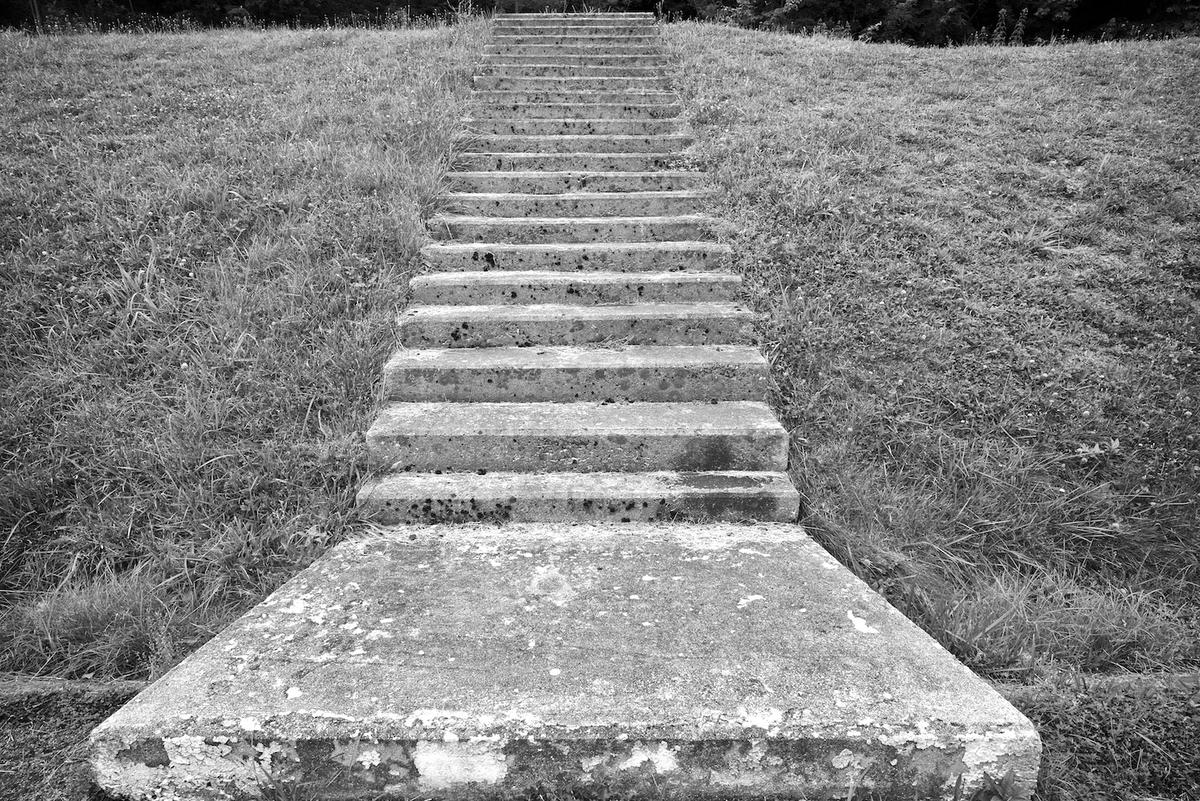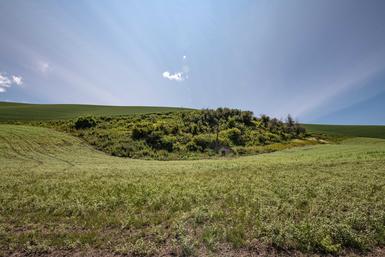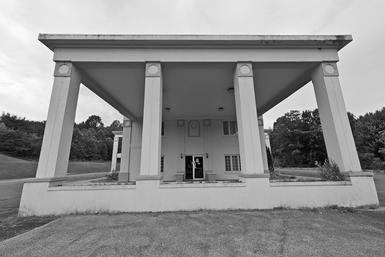New Review
Good Morning. I assume this will be my last post for a bit as I will have knee replacement surgery on 12/15.
Mark Feeney, the primary photo reviewer for the Boston Globe, has a review out today in the paper that speaks to works I have on display simultaneously at the Danforth Museum in Framingham, MA of the Pulaski Motel series (here)
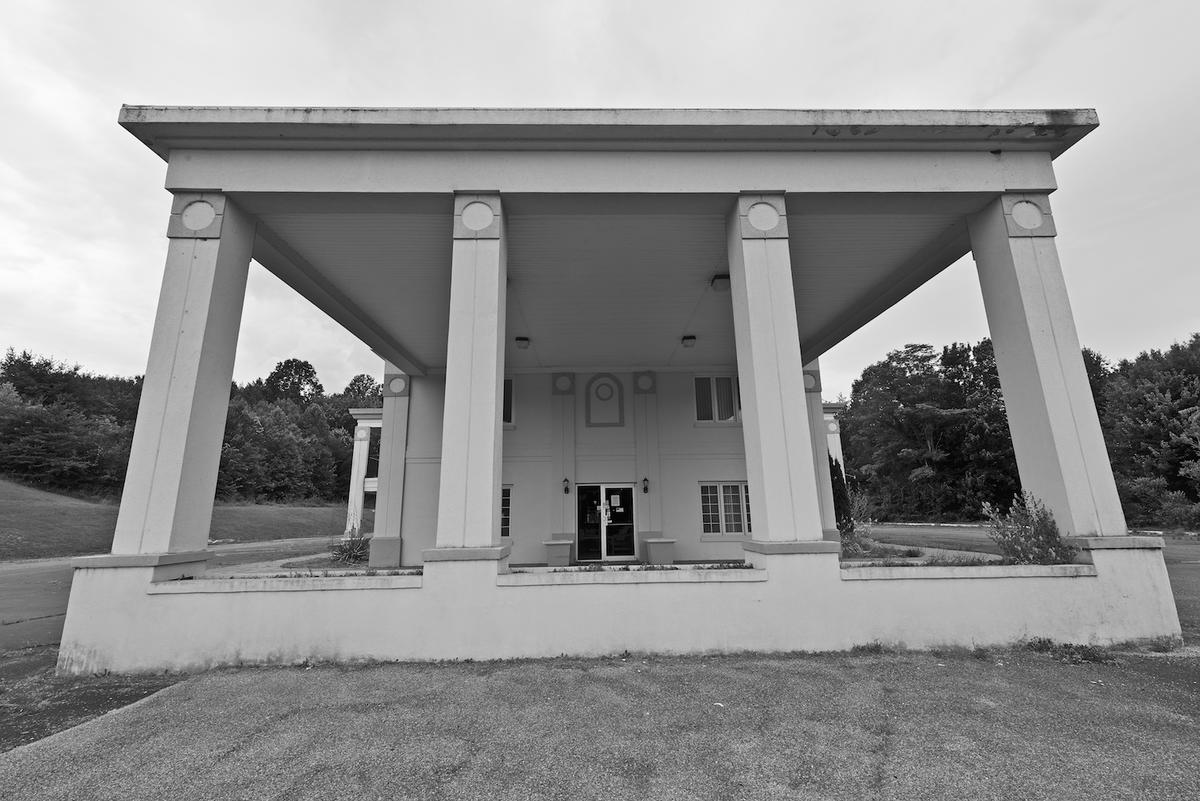
in Virginia and the Wheat work of mine currently at the Acton Memorial Library in Acton, MA
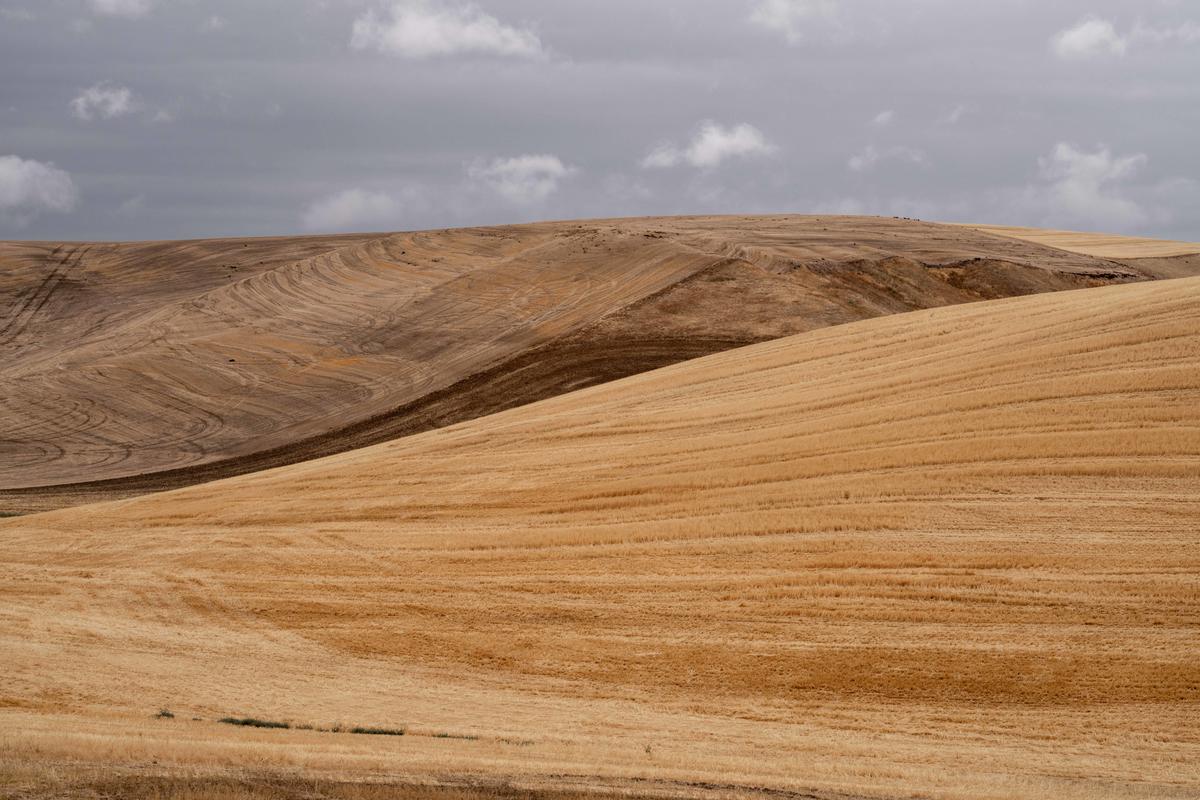
Here is the pertinent part of his review:
Also through Jan. 28, the Danforth is showing 14 photographs from Neal Rantoul’s “Pulaski Motel, Virginia” series. In southeastern Viriginia, Rantoul found himself driving past the Pulaski on a very hot, overcast day. This was in 2012. The motel, which had been closed for two years, would soon be demolished. The Ritz it was not.
The 14 black-and-white images are studies in gray. They’re 23 inches by 15 inches, which makes them sizable without being overwhelming. The motel looks evacuated as well as derelict. No one is visible by its doors and steps. There are no cars in the parking lot. Rantoul presents things from the outside — no inwardness here — and that’s just fine.
A couple of photos show rudimentary columns. Did the original owners want to evoke Southern plantation architecture? The sight of these forlorn-looking columns recalls Walker Evans’s differently forlorn photographs from the mid-’30s of ruined plantations in the Deep South.
and
There are also 14 pictures in “Wheat: New Photographs of the Palouse by Neal Rantoul.” It’s at the Acton Memorial Library through Dec. 28. The Palouse is a grain-growing region in southeastern Washington state. Rantoul has visited there to photograph nearly two dozen times, doing so for more than a quarter century.

The photographs are in color, with a dunnish yellow (the fields) and blue (the sky) predominant. People are nowhere to be seen, but the hills and fields have all been shaped by man. The setting is natural without being altogether natural.
The visual elements are simple and basic: sky, shadow, cloud, field. The simplicity is almost austere, but that austerity contributes to the grave handsomeness of these images. Eight of the photographs show the fields from above, the others from the ground. One of those is so close as to reveal stubble. It’s only then a viewer realizes how nearly painterly these photographs are, owing more to color field canvases, almost, than to the detail and specificity of agricultural photography.
I don't know the details of how a story is accepted by the Globe's editors, whether they always cut content for brevity or not. Still, it surprised me that Feeney didn't compare the black and White Pulaski series to the color wheat pictures in Acton. "Pulaski "is not a happy place, an abandoned motel slated for demolition photographed in fetid heat in rural Virginia versus the new wheat pictures which are about as utopian as they could be, pristine and isolated rolling wheat fields in a paradise pocket of the American West. Both in present day America, and both as about as opposite as I can imagine.
It was not my plan to have two series of photographs of mine shown concurrently in two local places but I was very pleased they were, for if you were to see one then the other I believe one would inform the other in truly wonderful ways. But further, I do not make my photographs without purpose or intention. If a series of works of mine have staying power it is because there is a critical view behind the work, a point being made, or a commentary on something being stated.
